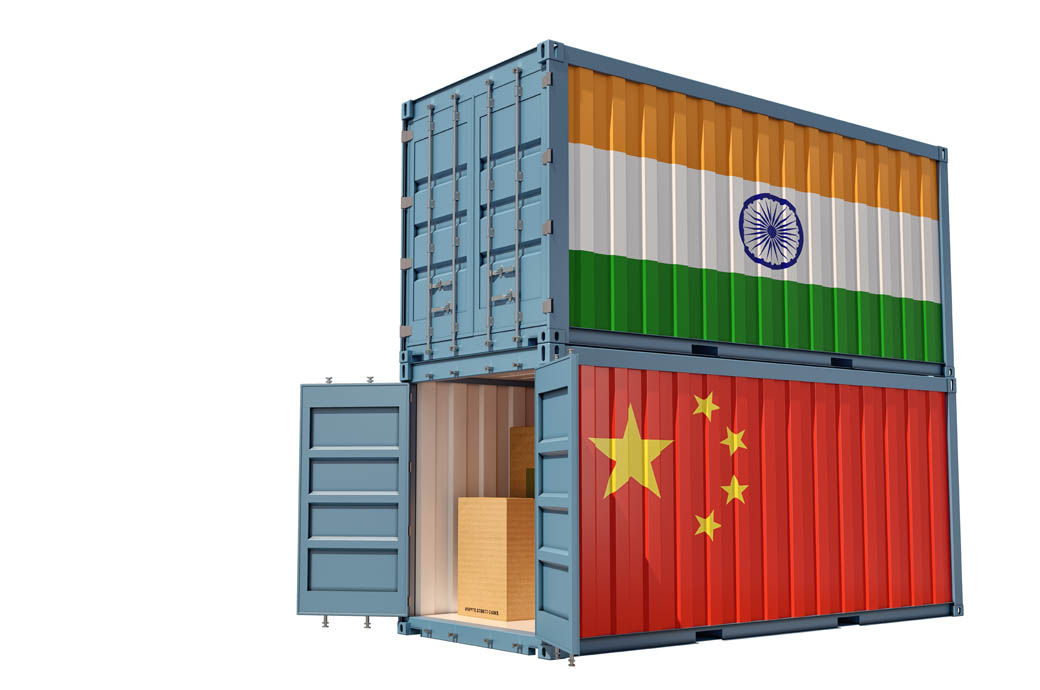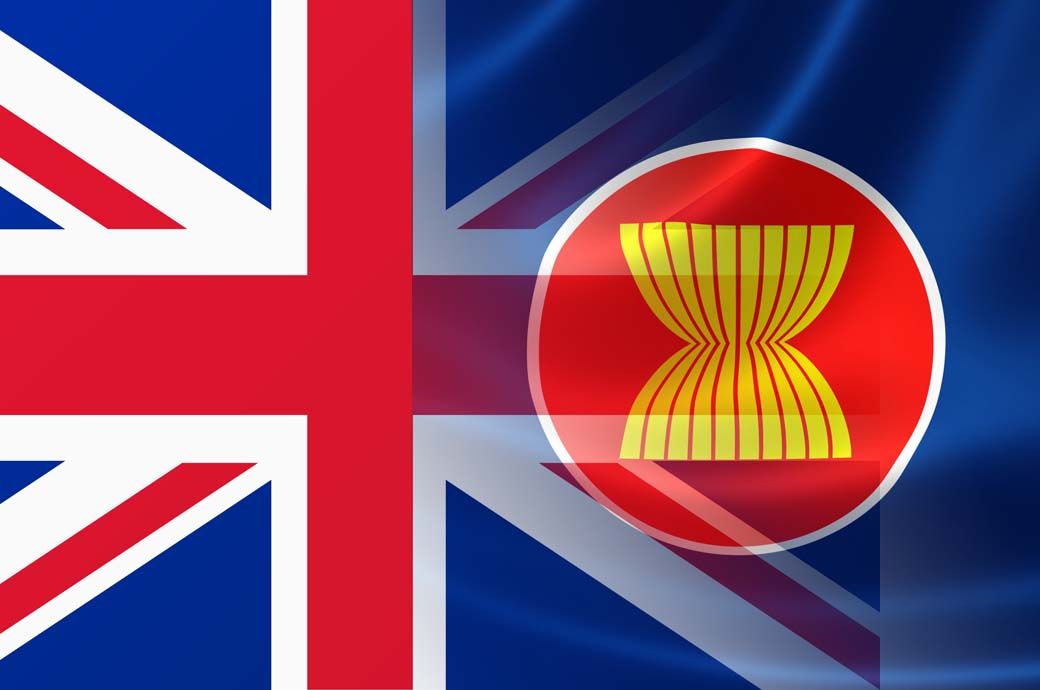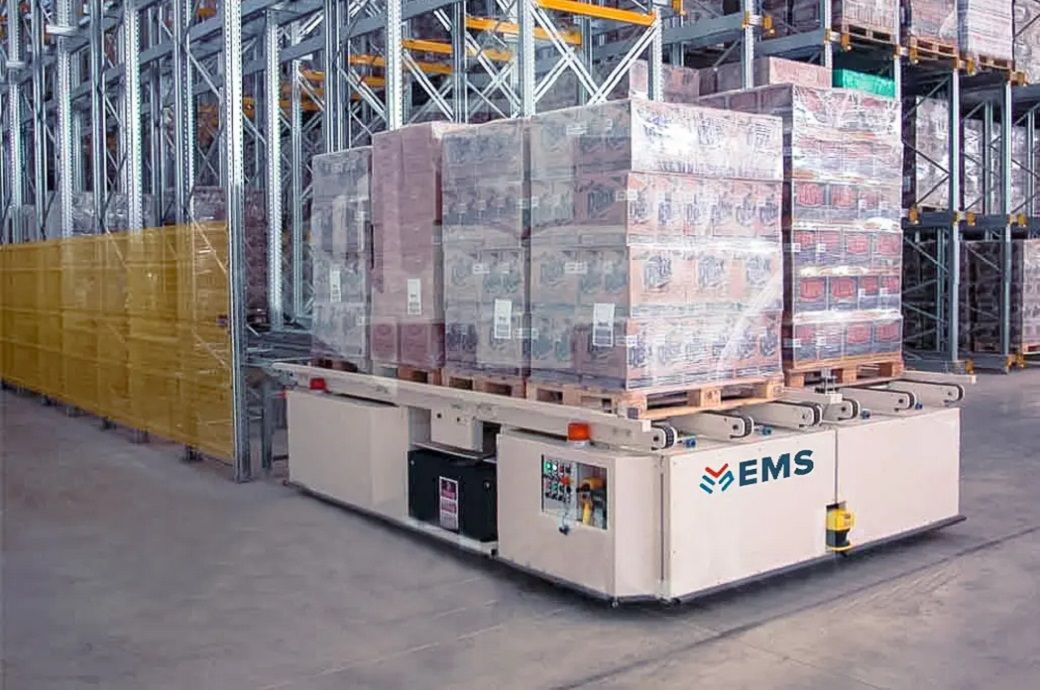The European Apparel and Textile Confederation (EURATEX) and several other European industry associations have expressed their strong support for the European Union’s (EU) ambitions for a circular economy. The EU Commission’s proposal to transform the Directive 94/62/EC on Packaging and Packaging Waste (PPWD) into a Regulation and the choice to maintain an internal market legal basis (Article 114 TFEU) is a step to achieve that.
While the associations view this as a welcome step forward, they have expressed their concern about the potential erosion or split of the Regulation’s legal basis as part of the co-decision process. Circular economy solutions require the scale for investment and their roll-out, so that the transition is cost-effective and fast to serve the society best, EURATEX and the other industry associations said in a joint press release.
A robust EU single market is key to achieving the free movement of packaging materials and packaged goods. Packaging is an essential part of a product supply chain, from the production to the consumption stage, and the packaging value chain plays a central role in contributing to a resource-efficient and circular economy. For instance, by optimising resource use, minimising product and food waste, and by protecting products all along the value chain.
Additionally, ensuring that packaging waste is duly collected and makes its way into recycling allows valuable raw materials to come back in the value chain and be used across the single market. A strengthened market for secondary materials and a strong and resilient EU single market represent fundamental enablers of circularity, which will create greater economies of scale and underpin the investment needed to realise a circular and climate-neutral economy in Europe. Its continued functioning remains crucial to Europe’s global competitiveness and green transition.
The introduction of the internal market legal basis in the 1994 PPWD was intended to address differences among the various national rules on the management of packaging and packaging waste and consequent internal market barriers, while providing a high level of environmental protection.
In recent years however, the packaging value chain has witnessed an increase of unilateral and divergent national packaging requirements (e.g., packaging bans, reuse and recycled content targets, labelling requirements). These have led to internal market barriers, environmental trade-offs, losses in economies of scale, and diversion of investments and R&D. More recently, several EU member states have also adopted national legislation on packaging and packaging waste, pre-empting the adoption of EU-wide sectoral legislation irrespective of Article 6 (3) of Directive (EU) 2015/1535 on Technical Regulations Information Systems (TRIS).
Finally, several of the provisions included in the PPWR proposal already allow member states to maintain or introduce additional national sustainability and information requirements. Should those or other provisions be based on an environmental legal basis, the potential for harmonisation would be weakened by a patchwork of national packaging legislations, to the detriment of consumers, environmental protection, and the competitiveness of the European industry.
The associations believe that the introduction of Article 192 TFEU (environmental protection) as a legal basis for some or all the Articles of the PPWR will further exacerbate the current situation, create legal uncertainty about the residual responsibilities of member states and adversely impact the free movement of packaged goods within the EU and consequently the EU’s transition to a circular and climate-neutral economy, added the release.
With broad stakeholder support across Europe, the associations urged co-legislators to preserve in its entirety the internal market legal basis, which is best suited to serve the environmental and economic objectives of the proposed Regulation.
Organizations within the European Union, such as EURATEX, have expressed their approval of the Union’s aim to pursue a circular economy. They were pleased with the European Union Commission’s suggestion to alter Directive 94/62/EC on Packaging and Packaging Waste into a Regulation. The associations called on legislators to save the legal basis of the internal market (Article 114 TFEU).


 World News2 years ago
World News2 years ago
 World News2 years ago
World News2 years ago
 World News2 years ago
World News2 years ago
 World News2 years ago
World News2 years ago
 World News2 years ago
World News2 years ago













